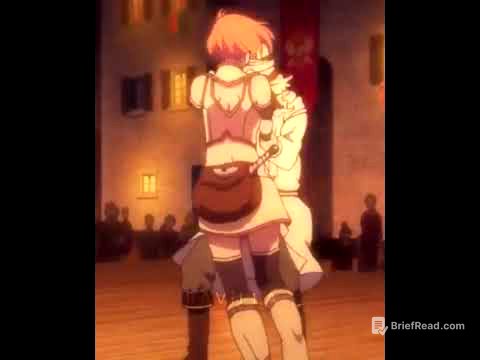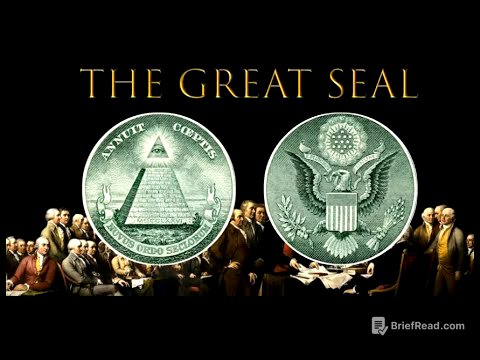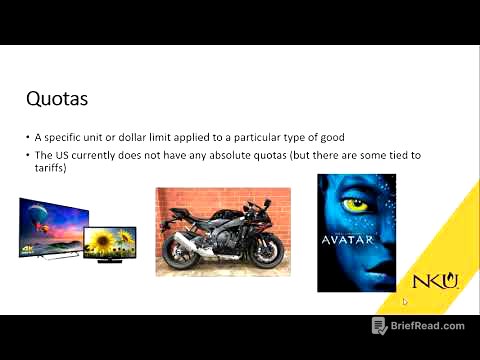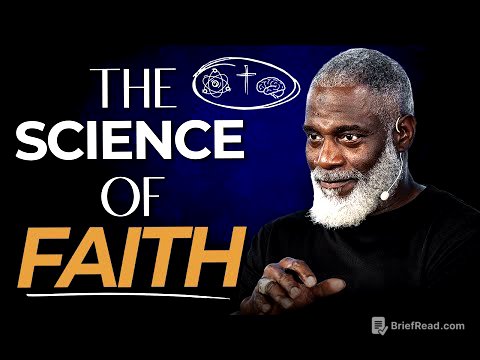TLDR;
This video lesson explains the distribution of earthquakes, volcanoes, and mountain ranges in relation to the Earth's lithosphere and plate tectonics. It covers the composition of the Earth's crust, differentiating between oceanic and continental crust, and explains how the boundaries of tectonic plates are determined by the locations of earthquakes, volcanoes, and mountain formations.
- The Earth's lithosphere is composed of the crust and the upper part of the mantle.
- Tectonic plate boundaries are identified by the distribution of earthquakes, volcanoes, and mountain ranges.
- Plates are in constant motion, leading to geological processes like mountain formation, earthquakes, and volcanic eruptions.
Introduction [0:01]
The lesson introduces the topic of the distribution of earthquakes, volcanoes, and mountain ranges, emphasizing the Philippines' location within the Pacific Ring of Fire. This location makes the country prone to earthquakes, volcanic eruptions, and other tectonic activities. The lesson aims to explain how these geological features are formed by examining the Earth's lithosphere.
Earth's Lithosphere [0:44]
The Earth's lithosphere consists of the crust and the upper part of the mantle. The crust is composed of solid rocks, including sedimentary, metamorphic, and igneous rocks, with an average density of 2.8 grams per cubic centimeter and a thickness ranging from 5 to 50 kilometers. There are two types of crust: oceanic and continental.
Oceanic vs. Continental Crust [1:08]
The oceanic crust is denser and primarily made of basalt, with a thickness of 5 to 10 kilometers and consists of younger rocks. The continental crust is less dense, composed mainly of granite rocks, with a thickness of 30 to 50 kilometers, and consists of older rocks. Both crusts are made of rocks, are solid, make up tectonic plates, and are part of the lithosphere.
Plate Tectonics [1:56]
The lithosphere is divided into numerous segments called tectonic plates that are gradually moving. These plates interact along their margins, leading to geological processes. The map shows the outer shell or layer of Earth, the lithosphere, broken up into tectonic plates that are gradually moving. The broad lines represent the plate boundaries.
Identifying Plate Boundaries [2:26]
Scientists mark plate boundaries based on the distribution of major earthquakes (epicenters), active volcanoes, and mountain belts around the world. By examining maps showing these distributions alongside maps of major plate tectonics, it becomes clear that areas with frequent earthquakes, volcanoes, and mountain formations delineate the boundaries of lithospheric plates.
Summary [3:30]
Plates are large pieces of the upper few hundred kilometers of Earth that move as a single unit, floating above the mantle. These plates are in constant motion, and their interactions along their margins result in significant geological processes such as the formation of mountain belts, earthquakes, and volcanoes.









